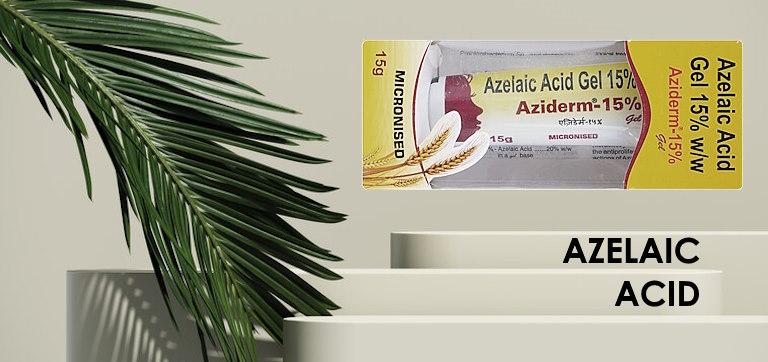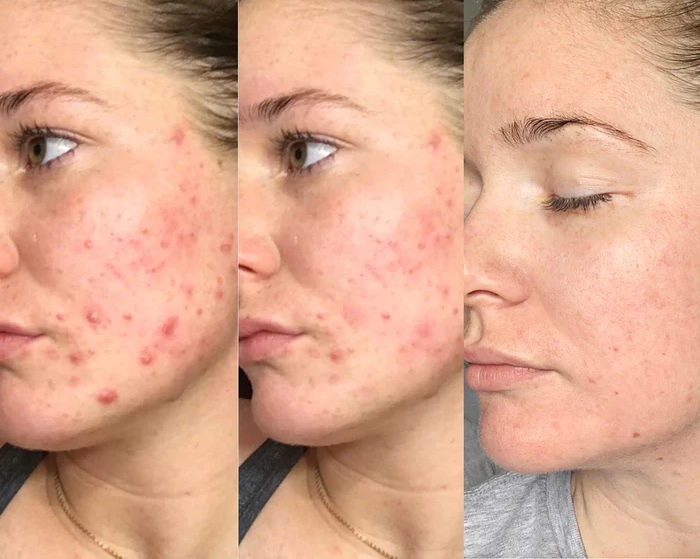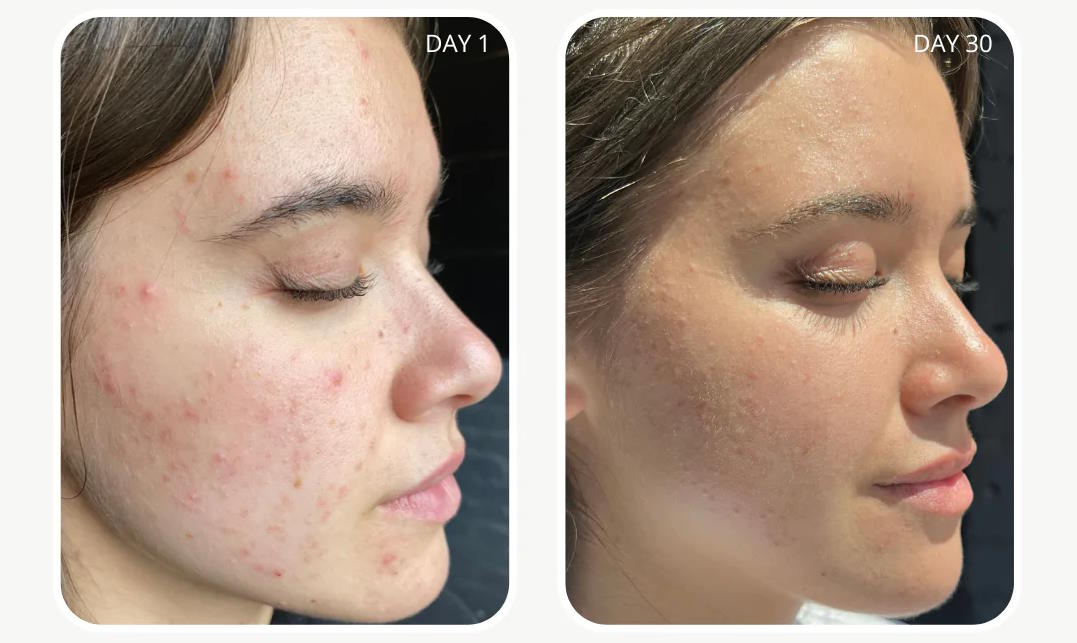From Acne to Hyperpigmentation – Azelaic Acid Benefits and Best Practices Explained
Table of Contents
Azelaic acid has gained significant attention in the skincare industry for its numerous benefits for the skin. From its ability to improve acne and rosacea to its anti-inflammatory and brightening properties, azelaic acid has become a go-to ingredient for many skincare enthusiasts.
But what exactly does azelaic acid do? How long does it take for the results to show? Can it be used in combination with other skincare ingredients?
In this article, we will explore the many benefits of azelaic acid for the skin and provide helpful tips on how to incorporate it into your skincare routine for maximum effectiveness. So, if you’re curious about this powerhouse ingredient and its potential benefits, keep reading!
What is Azelaic Acid?
Azelaic acid is a naturally occurring organic compound derived from grains such as wheat, barley, or rye. It belongs to a family of acids known as dicarboxylic acids and is primarily used to treat acne and rosacea. It functions as a topical agent, often found in creams or gels, and works by inhibiting the growth of bacteria in the skin and reducing inflammation.
Furthermore, Clinical studies have also provided evidence supporting the efficacy of azelaic acid in the management of acne and rosacea. These studies have demonstrated a reduction in both inflammatory and non-inflammatory lesions, as well as improvements in overall skin texture and appearance.
Additionally, azelaic acid has been shown to have a favorable safety profile with minimal systemic absorption, making it suitable for long-term use.
-
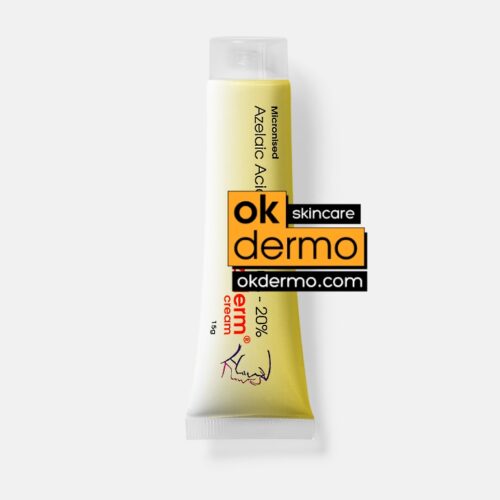
Aziderm Micro® Azelaic Acid Skin Cream
Pure Topical Azelaic Acid 10% / 15% / 20%
Size: 15g / 0.53oz
Brand name: Skinoren, Azelex, Finacea
From USD $24.00 Select options -
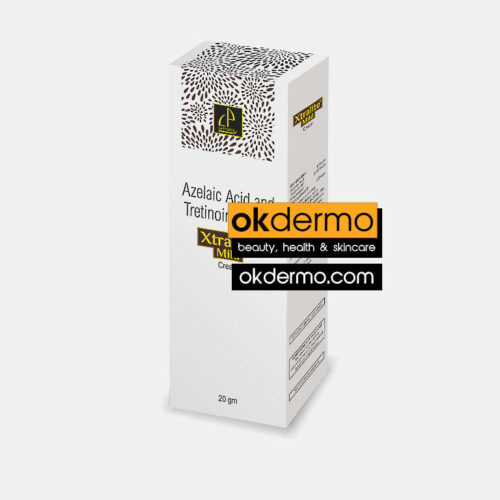
Xtralite® Tretinoin & Azelaic Acid Cream
Azelaic Acid 10% + Tretinoin 0.025% / 0.05%
Size: 20g / 0.7oz or 15g / 0.52oz
From USD $25.00 Select options -
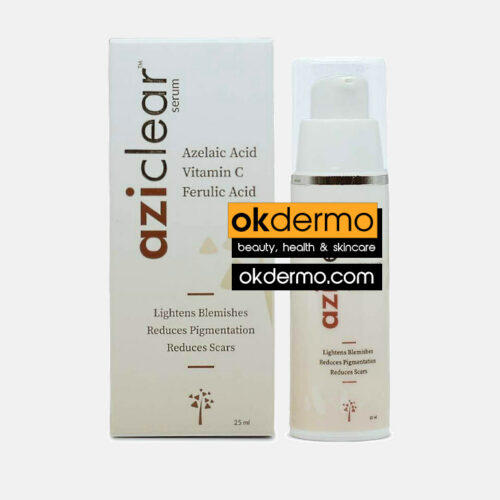
Aziclear® Azelaic Acid Facial Serum
Micronized Azelaic Acid + Vitamin C + Ferulic Acid
Size: 30ml / 1fl.oz
USD $56.00 Add to cart -
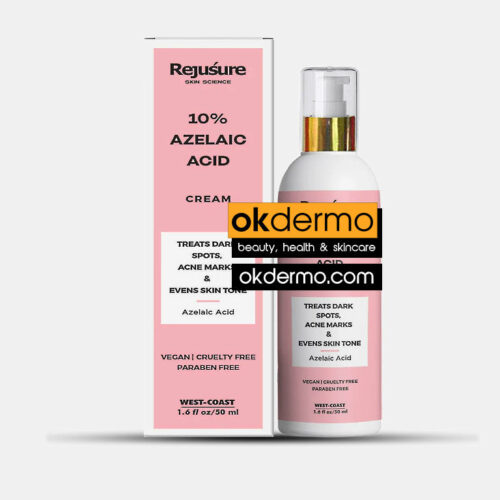
Rejusure® Azelaic Acid Cream
Azelaic Acid 10%
Size: 50ml / 1.7fl.oz
USD $22.00 Add to cart -
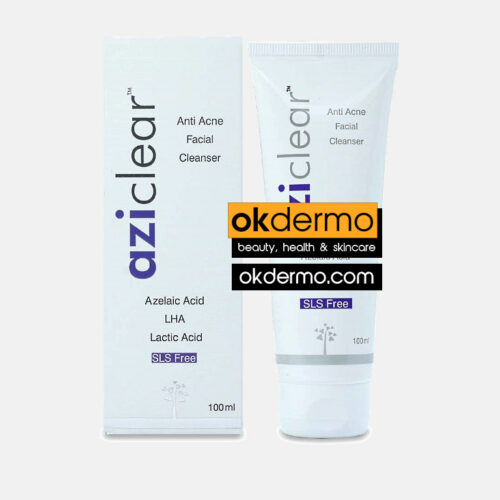
Aziclear® Anti-Acne Facial Cleanser
Azelaic Acid + Lipo Hydroxy Acid + Lactic Acid
Size: 100ml / 3.4fl.oz
USD $27.00 Add to cart -
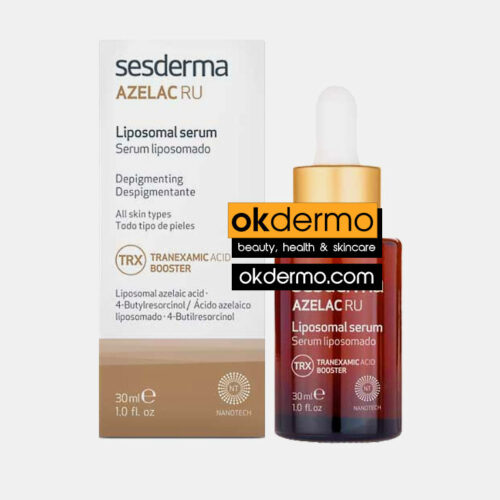
Azelac RU® Azelaic Depigmenting Liposomal Serum
Azelaic Acid + 4-Butilresorcinol + Tranexamic Acid + Glycyrrhetinic Acid + Retinol + Niacinamide + Vitamin C
Size: 30ml / 1fl.oz
USD $64.00 Add to cart
What does azelaic acid do?
In terms of its mechanism of action, azelaic acid exerts its effects by interfering with the synthesis of DNA and RNA in bacteria, particularly Propionibacterium acnes, which is commonly associated with acne.
Additionally, it has been shown to have some anti-inflammatory properties, which can help alleviate the redness and swelling associated with rosacea.
Azelaic acid is also known to have some effects on hyperpigmentation. It inhibits the enzyme tyrosinase, which is involved in the production of melanin, thus helping to lighten dark spots and even out skin tone.
Benefits of Azelaic Acid for Skin
Azelaic acid is a versatile topical treatment used in dermatology for various skin conditions, including acne, hyperpigmentation, and rosacea. It exerts its therapeutic effects through the following key properties.
- Anti-inflammatory properties: Azelaic acid inhibits the production of inflammatory mediators such as interleukin-8 (IL-8) and reactive oxygen species (ROS), thereby reducing inflammation associated with acne and rosacea.
- Antimicrobial activity: It can suppress the growth of Propionibacterium acnes, the bacterium implicated in the pathogenesis of acne. By inhibiting bacterial proliferation, azelaic acid helps alleviate acne lesions.
- Tyrosinase inhibition: Azelaic acid interferes with melanin synthesis by inhibiting the enzyme tyrosinase. This action makes it effective in treating hyperpigmentation disorders like melasma and post-inflammatory hyperpigmentation.
- Normalization of keratinization: Azelaic acid promotes the shedding of dead skin cells and prevents the formation of comedones, which are characteristic features of acne vulgaris.
Thanks to these properties, Azelaic acid exerts the following therapeutic benefits for the skin,
Treating Acne and Blemishes
One of the most notable benefits of azelaic acid is its effectiveness in treating acne and blemishes. It helps to unclog pores, reduce inflammation, and control the growth of acne-causing bacteria. Regular usage can lead to a significant reduction in breakouts, promoting clearer, healthier skin.
- Reduction of Hyperpigmentation – Hyperpigmentation, including melasma and post-inflammatory hyperpigmentation, can be a challenging issue to address. Azelaic acid offers a promising solution by inhibiting melanin production, which reduces the appearance of dark spots and evens out skin tone.
- Rosacea Treatment – Rosacea is a chronic skin condition characterized by redness, flushing, and visible blood vessels. Azelaic acid has been proven to be effective in managing rosacea symptoms. It diminishes redness, calms inflammation, and improves the overall appearance of the skin in individuals with rosacea.
- Anti-aging Benefits – In addition to its acne-fighting and skin-lightening abilities, azelaic acid also offers anti-aging benefits. Studies have shown that it stimulates collagen production, leading to firmer, more youthful-looking skin. Additionally, it helps to reduce the appearance of fine lines and wrinkles, making it a valuable weapon in the fight against aging.
Vitamin C and Azelaic acid – The synergistic effect
Vitamin C, also known as ascorbic acid, is a potent antioxidant that plays a crucial role in collagen synthesis, wound healing, and protection against UV-induced photodamage. It scavenges free radicals, thereby reducing oxidative stress on the skin.
Additionally, vitamin C inhibits melanin production, making it effective in treating hyperpigmentation and promoting a more even skin tone.
Azelaic acid, on the other hand, is a dicarboxylic acid that exerts antimicrobial and anti-inflammatory effects. It’s commonly used to treat acne and rosacea due to its ability to inhibit the growth of Propionibacterium acnes and reduce inflammation in the skin.
When used together, vitamin C and azelaic acid complement each other’s actions. Vitamin C enhances the antioxidant properties of azelaic acid, boosting its effectiveness in neutralizing free radicals and reducing oxidative stress.
Moreover, vitamin C’s ability to inhibit melanin production can enhance the depigmenting effects of azelaic acid, making it more effective in treating conditions like melasma.
-
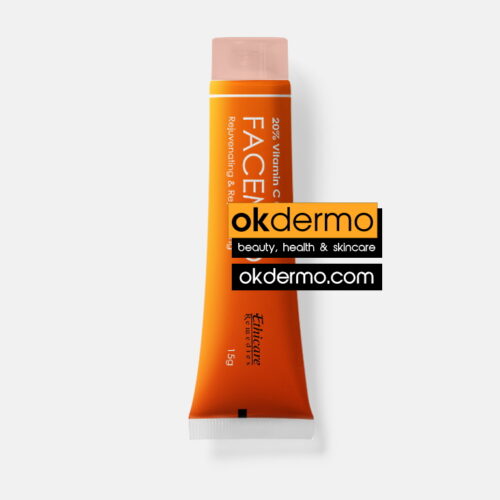
Facemed® Vitamin C 20% Topical Gel
L-Ascorbic Acid 20% + Vitamin E
Size: 15g / 0.53oz
USD $26.00 Add to cart -
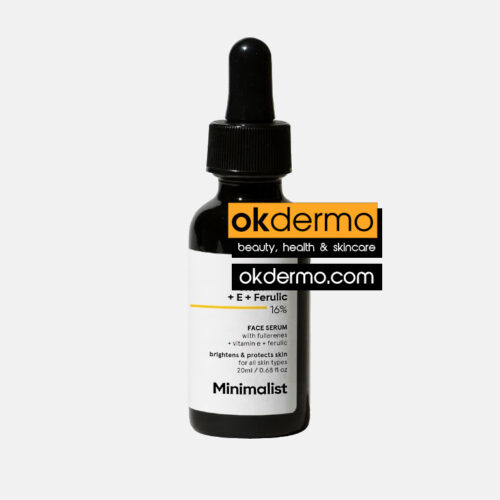
Minimalist® Vitamin C + E + Ferulic Face Serum
Vitamin C (Ethyl Ascorbic Acid) 15% + Fullerenes Carbon 60 1% + Ferulic Acid 1%
Size: 20ml / 0.7fl.oz
USD $35.00 Add to cart -
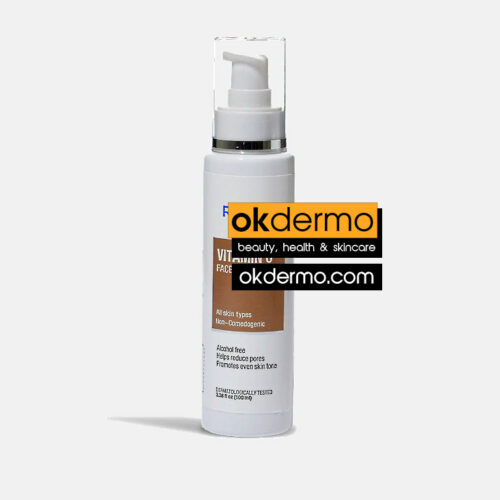
Vitamin C® Pigmentation Removal Face Toner
Citric Acid + Witch Hazel Extract + Allantoin + Hyaluronic Acid
Size: 100ml / 3.4fl.oz
USD $29.00 Add to cart -
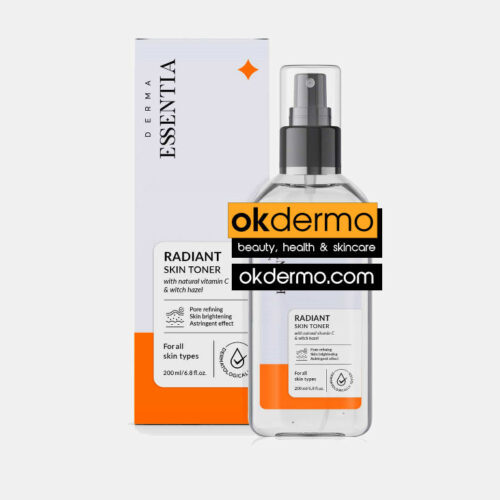
Vitamin C Radiant® Skin Toner
Kakadu Plum Vitamin C + Witch Hazel 1% + Aloe Vera
Size: 200ml / 7fl.oz
USD $35.00 Add to cart -
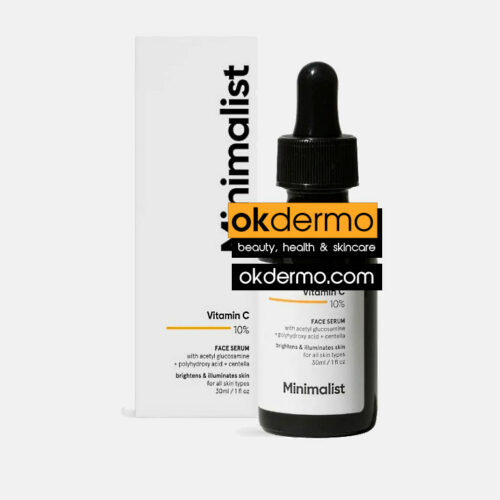
Minimalist® Vitamin C 10% Face Serum
Vitamin C (Ethyl Ascorbic Acid) 10% + Acetyl Glucosamine + Gluconolactone (PHA) + Centella
Size: 30ml / 1fl.oz
Brand name: Obagi Medical Professional-C Serum, SkinCeuticals C Acid
USD $34.00 Add to cart -
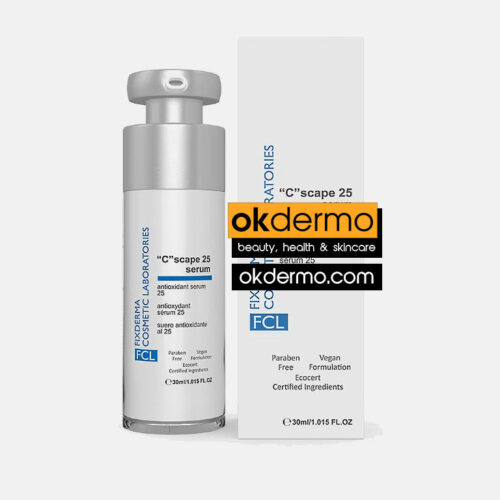
FCL® “C” Scape 25 Antioxidant Vitamin C Serum
L-Ascorbic Acid 25% + Alpha Arbutin + Hydrolyzed Collagen + Hyaluronic Acid 0.5% + Multifruit BSC + Ferulic Acid
Size: 30ml / 1fl.oz
USD $112.00 Add to cart -
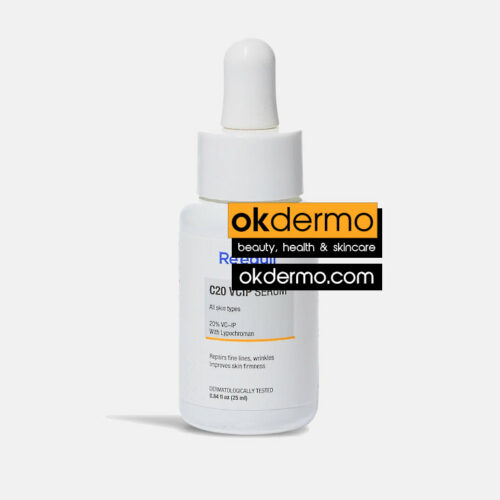
C20 VCIP® 20% Vitamin C Night Serum
Ascorbyl Tetraisopalmitate 20% + Dimethylmethoxy Chromanol
Size: 25ml / 0.85fl.oz
USD $44.00 Add to cart
Can You Use Benzoyl Peroxide with Azelaic Acid?
Many people wonder whether it is safe to combine azelaic acid with benzoyl peroxide, another common acne-fighting ingredient that works by reducing the population of Cutibacterium acnes (formerly known as Propionibacterium acnes) on the skin surface.
Well…the answer is ‘’Yes’’, and, you can use benzoyl peroxide with azelaic acid, but it’s generally recommended to use them at different times of the day or on alternating days to minimize the risk of irritation.
Both benzoyl peroxide and azelaic acid are commonly used to treat acne, but they can be quite drying and irritating when used together. If you want to use them together, start by using them on separate occasions and gradually introduce them into your skincare routine to assess how your skin reacts.
Additionally, always remember to moisturize and use sunscreen during the day when using these active ingredients to protect your skin. If you’re unsure about how to incorporate these products into your skincare routine, it’s best to consult with a dermatologist for personalized advice.
-
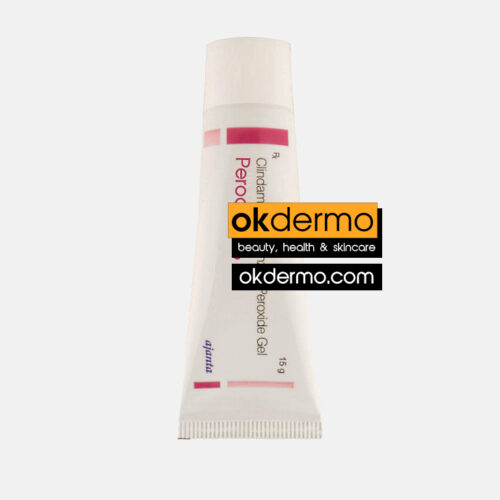
Peroclin® Acne Treatment Once Daily Gel
Clindamycin 1% + Benzoyl Peroxide 2.5% / 5%
Size: 15g / 0.53oz
Brand name: Clindoxyl, Benzaclin, Onexton, Acanya, Duac, Neuac, Z-Clinz
From USD $24.00 Select options -
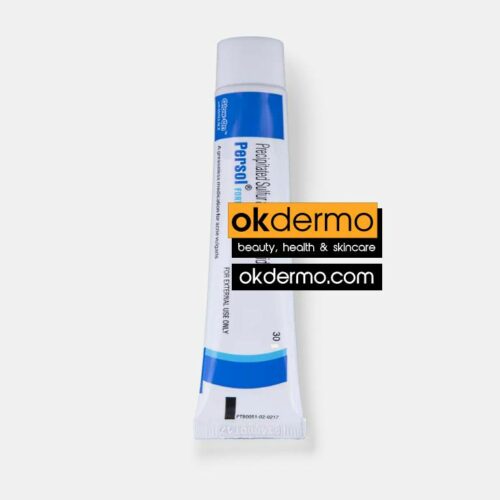
Persol Forte® Benzoyl Peroxide Topical Acne Cream
Benzoyl Peroxide 10% + Sulfur 5%
Size: 30g / 1.05oz
USD $18.00 Add to cart -
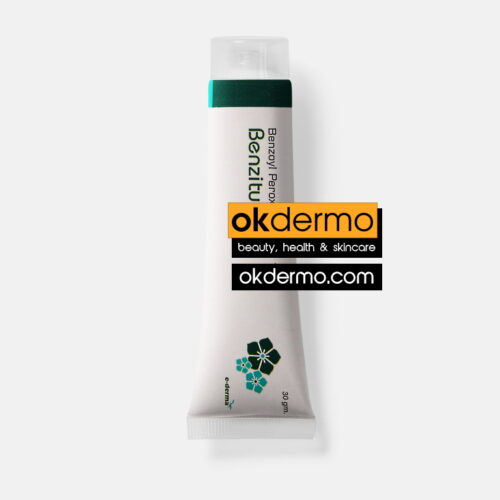
Benziturn-10® Benzoyl Peroxide Gel
Benzoyl Peroxide 10%
Size: 30g / 1.05oz
Brand name: Acetoxyl, PanOxyl, Acne-Clear, Benzac AC
USD $18.00 Add to cart -
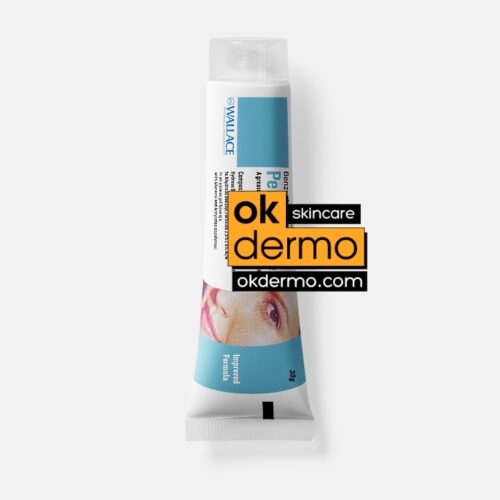
Persol AC® Benzoyl Topical Gel
Benzoyl Peroxide USP 2.5% / 5%
Size: 30g / 1.05oz
Brand name: Oxy, Pacnex, Benoxyl, Loroxide
From USD $15.00 Select options
How to Apply Azelaic Acid
To reap the maximum benefits of azelaic acid, it is essential to apply it correctly. Here is a step-by-step guide on how to incorporate azelaic acid into your skincare routine:
- Begin with clean, dry skin.
- Apply a thin layer of azelaic acid cream or gel to the affected areas once or twice daily, as directed by your healthcare provider.
- Gently massage the medication into the skin until fully absorbed.
- Avoid contact with the eyes, mouth, and mucous membranes.
- Use sunscreen during the day, as azelaic acid may increase sensitivity to sunlight.
- It may take several weeks to notice significant improvement, so be patient and consistent with your application.
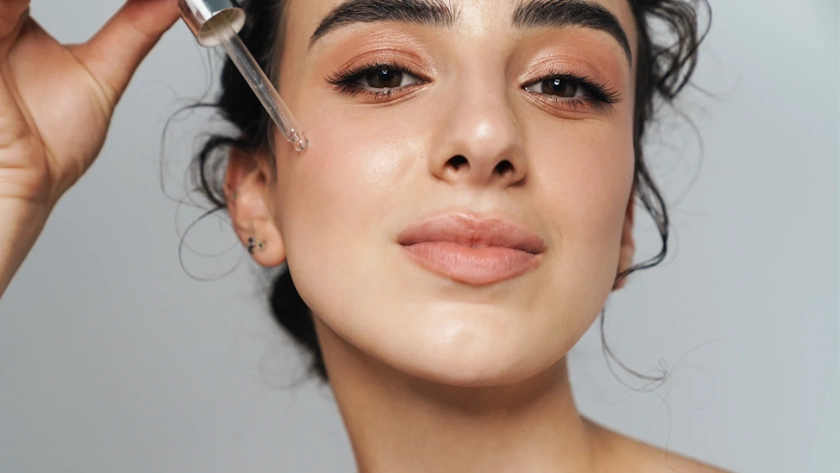
Azelaic Acid Results
With regular use of azelaic acid, remarkable results can be achieved. Skin becomes clearer, hyperpigmentation fades, rosacea symptoms improve, and signs of aging diminish. However, it is important to remember that consistency is key, and it may take time to see the full extent of these benefits.
How Long Does Azelaic Acid Take to Work?
The effectiveness of azelaic acid varies from person to person. While some individuals may notice visible results within a few weeks, others may take several months for the full benefits to become apparent. It is essential to be patient and consistent with the application of azelaic acid to achieve optimal results.
Wrapping up
In conclusion, azelaic acid is a potent skincare ingredient with a multitude of benefits for the skin. From acne treatment and hyperpigmentation reduction to managing rosacea symptoms and offering anti-aging effects, this compound has proven to be highly effective.
By incorporating azelaic acid into your skincare routine and following proper application techniques, you can unlock the transformative power of this remarkable ingredient and unveil a brighter, more youthful complexion.
FAQs
-
What does azelaic acid do for the face?
Azelaic acid for the face reduces inflammation, unclogs pores, and inhibits excess melanin production, promoting a smoother complexion and addressing issues like acne and rosacea.
-
Is it okay to use azelaic acid every day?
In most cases, yes. Azelaic acid is generally well-tolerated, and daily use is often recommended for optimal results. However, it’s crucial to start with a lower concentration, especially if you have sensitive skin, and gradually increase frequency as your skin adjusts. Always follow the recommended usage guidelines on the product and consider consulting with a dermatologist.
-
What should you not mix with azelaic acid?
Avoid combining azelaic acid with products containing strong acids, like salicylic or glycolic acid, to prevent irritation. For example, avoid mixing azelaic acid with high concentrations of alpha hydroxy acids (AHAs), beta hydroxy acids (BHAs), or strong retinoids, as this may increase skin irritation and compromise effectiveness. Additionally, be cautious when using Vitamin C simultaneously.
-
Does azelaic acid remove dark spots?
Yes, azelaic acid has been shown to be effective in reducing the appearance of dark spots and hyperpigmentation. Its ability to inhibit melanin production helps to fade existing dark spots and prevent the formation of new ones. Consistent use of azelaic acid, along with proper sun protection, can significantly improve the overall clarity and brightness of the skin over time.
References
- Arndt, K. A., et al. (2008). Manual of Dermatologic Therapeutics. Lippincott Williams & Wilkins.
- Gupta, A. K., et al. (2019). Topical azelaic acid. Drugs.
- Thiboutot, D., et al. (2008). New insights into the management of acne: an update from the Global Alliance to Improve Outcomes in Acne group. Journal of the American Academy of Dermatology.
- King, S., Campbell, J., Rowe, R., Daly, M. L., Moncrieff, G., & Maybury, C. (2023). A systematic review to evaluate the efficacy of azelaic acid in the management of acne, rosacea, melasma, and skin aging. Journal of cosmetic dermatology, 22(10), 2650–2662. https://doi.org/10.1111/jocd.15923
Post by:
Marcella Jiovanni
Skin Care Professional
“Marcella Jiovanni actively promotes the importance of maintaining healthy skin, she envisions the future of dermatology as moving away from pure medical, pharmacological dermatology and flowing more toward a holistic approach to wellness and skincare.”

